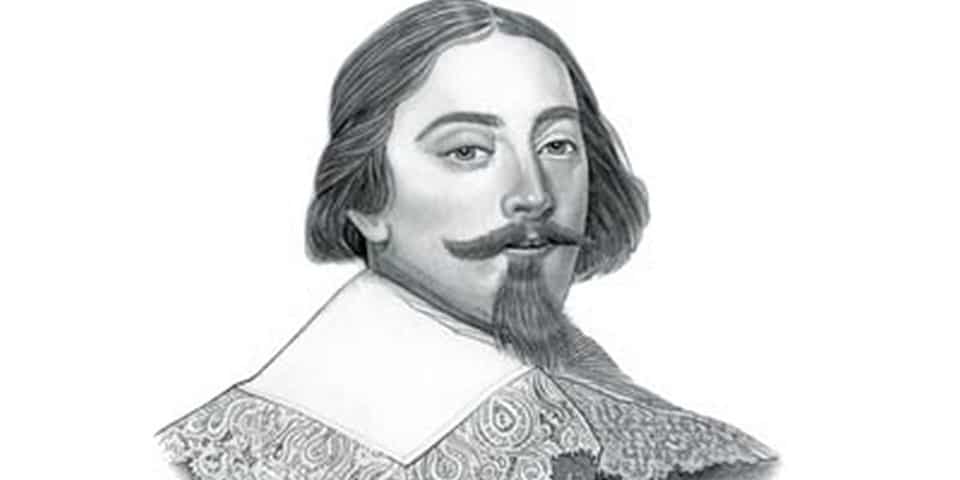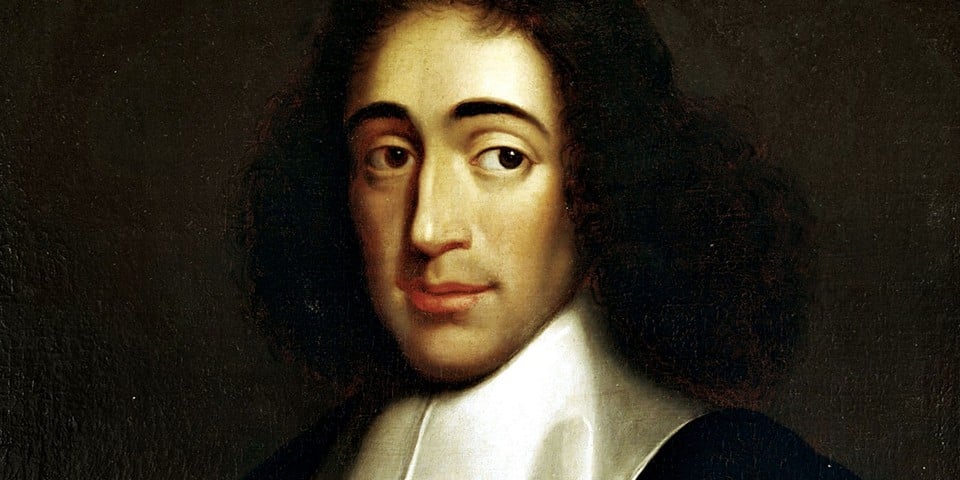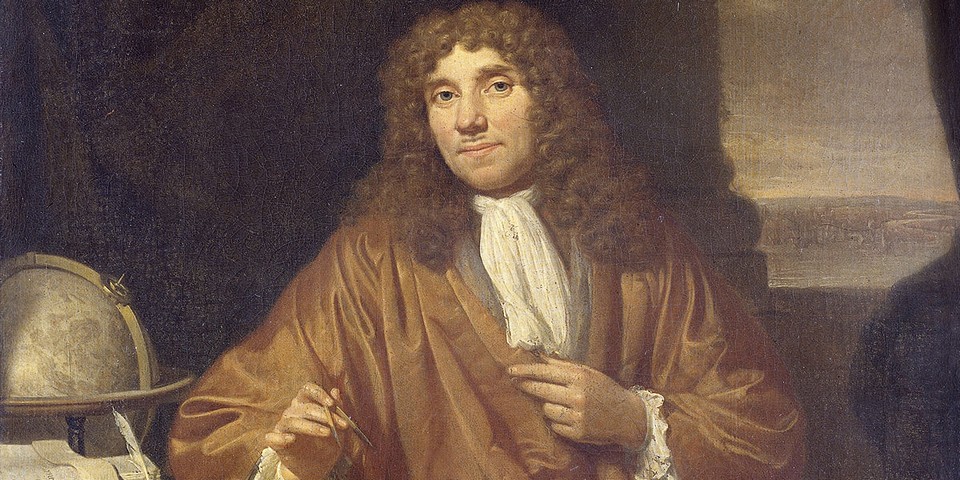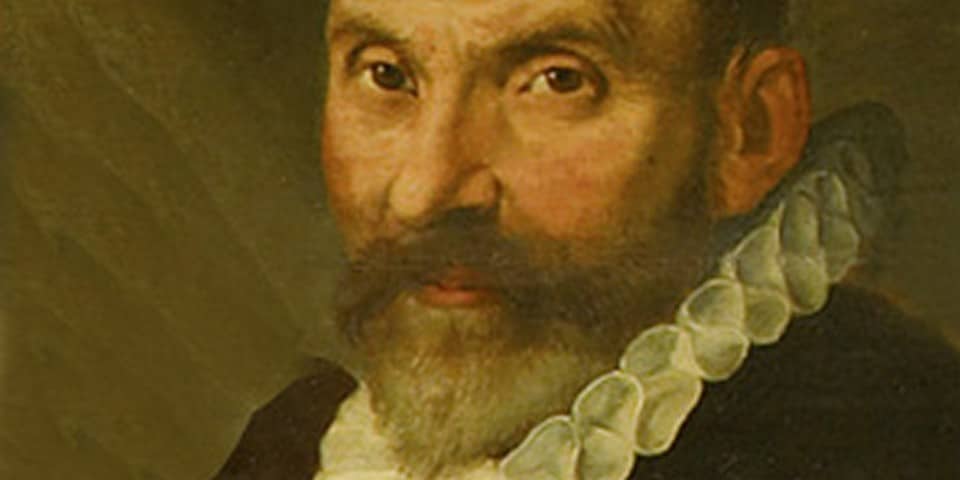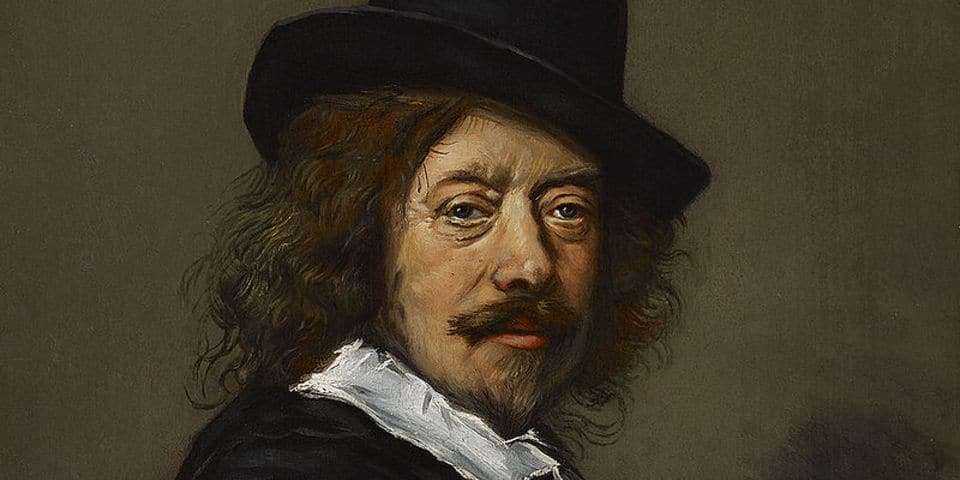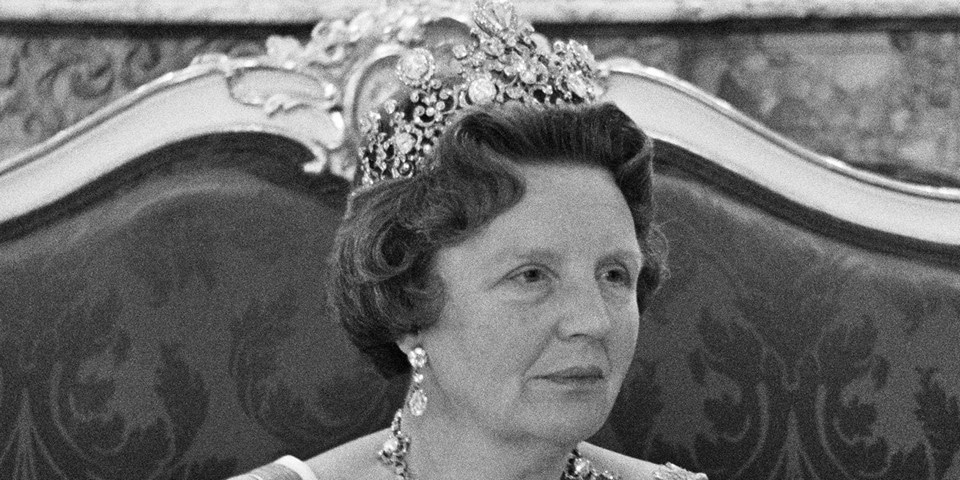Abel Janszoon Tasman is a Dutch navigator of the 17th century who described the nature and inhabitants of New Zealand, explored the coastline of Australia, discovered the island of Tasmania and the archipelagos of Tonga and Fiji.
Biography
Abel Tasman was born in 1603 in the village of Lutjegast in the province of Groningen near the city of the same name in the Netherlands (Nederland).
No documents about Tasman's birthday or parents have survived. The first documentary evidence of his life is the record of his second marriage in 1631 after his first wife died. The same document says that Tasman was literate, but his wife did not know literacy, therefore, she was of an ignorant family, like the man who chose her as a wife.
The following documentary evidence reports that in 1634 Abel Tasman was accepted as a skipper on a merchant ship of the Dutch East India Company (De nederlandse Oost-indische compagnie), which investigated the prospects for opening trade on the islands of Malaysia. Probably, immediately after his marriage, he went to serve in the navy and rose from a simple sailor to a skipper's position.
The East India Company was engaged in the trade in spices and spices, valued in 17th century Europe for their weight in gold. The further fate of Abel Tasman was connected with Batavia - the capital of the Netherlands colony on the territory of the island of Java, then called the Netherlands India (Nederlands India). Now the former Batavia is Jakarta, the capital of Indonesia.
Documents from 1638 report that by this time Tasman had become the captain of a merchant ship.
First expeditions
In 1639, a research expedition was equipped to the Japanese islands, consisting of only two sailing ships. On one the captain was Tasman, on the other - Matthias Kwast. The mission of the expedition is to find out the prospects for trade with the inhabitants of the island territories east of Japan. This campaign is considered unsuccessful, since it lasted six months, during this time half of the sailors died from scurvy, and the ships with difficulty, through numerous storms and typhoons, returned to their native colonies on the island of Formosa (the modern name is Taiwan), where they found shelter and rest in the fortified port city of Zealand.
The contribution to science is that Tasman and Kvast reached the Kuril Islands and put them on their maps. Around the same time, the Kurils were described and marked on their maps by Japanese explorers.
In 1640, Tasman participated in an expedition of 11 ships, pursuing the same goals. The expedition was successful, the sailors reached the port of Hirado in Japan, spent almost 3 months there and returned to Batavia.
What opened
In 1642, the East India Company organized a trip of 2 ships to the southeast of the Pacific Ocean, where, according to the assumptions of geographers of that time, the Unknown South Land (Seidland, Zuidland), full of gold and other treasures, is located.
The idea of outfitting the campaign belonged to the Governor-General of the Dutch colonies in the Indonesian territory, Anthony Van Diemen (Anthony Van Diemen). He set several tasks for the participants of the enterprise:
- Find out what South Earth (Australia) is - a whole continent or a coast of an unknown continent in the south of the Pacific Ocean;
- Is there a connection by land between the Australian territories and the island of New Guinea;
- Create a short route connecting Java to the European mainland through the Cape Horn, discovered in 1616 by Dutch merchants Jacob Le Maire and Willem cornelisz Schouten.
To guide the expedition, Van Diemen chose Abel Tasman, who became famous as an excellent connoisseur of sea routes. Tasman is the captain on one of the sailboats of this campaign.
It was this expedition that brought Tasman worldwide fame:
- On November 24, 1642, a large island was discovered near Australia, which sailors named the Land of Van Diemen (Tasmania).
- On December 13, 1642, having sailed near the coastline of Van Diemen Land, Tasman discovered South Island, which is part of New Zealand.
- When the discoverers stopped near the open island and the sailors descended on land, local residents, the Maori, sailed to meet them. Tasman and his friends tried to speak with the natives in the language of the inhabitants of New Guinea, but the Maori did not know this language. During this meeting, the Maori attacked one of the boats, killed several people and fled in a canoe, while the Dutch boat and the bodies of the dead were taken with them. After this terrible event, the bay, in which the first meeting with the aborigines took place, was named Assassin's Cove (the modern name is Golden Bay).
The further journey led the travelers on January 21, 1643 to the islands of Tonga, where they found island territories not known to the compilers of their nautical charts. There was a stop, the sailors took fresh water and provisions for the journey, were friendly met by the indigenous tribes and set off for the Fiji Islands, then circled New Guinea and only returned to Batavia on June 15, 1643.
Contribution to geography
The result of this campaign was the discovery of Tasmania and the exploration of its southern coast, as well as the archipelagos of Tonga and Fiji.
The impressions of New Zealand are detailed in the diaries of the captain and his crew: lush vegetation, an abundance of familiar and unfamiliar wild animals, streams with clear water. Tasman described the appearance, weapons of the Maori, recorded their speech, made sketches depicting the aborigines and his squadron. On the islands of Tonga, Tasman also made sketches, capturing the view of villages, clothes, weapons, boats of the inhabitants of the archipelago.
but on their maps, sailors connected the island of Tasmania and Australia, thinking that this is an indivisible territory. Also, the discoverers did not see the strait separating the two parts of New Zealand. These objects retained this appearance on maps until the 19th century and had the general name New Holland.
Discoveries
In the same 1643, Tasman went on another assignment from Van Diemen at the head of a detachment of 3 ships and explored the island of New Guinea from the west and Australia from the north. The islands and the precise contours of Australia in the Gulf of Carpentaria were marked in particular detail on the maps. All research results were mapped. It has been proven that Australia is an independent continent.
This campaign gave mankind great geographical discoveries, but the East India Company recognized the expedition as a failure, since no new opportunities for the development of trade relations with the locals were discovered. No gold or other treasures were found, the Australian land seemed barren, and the indigenous peoples were often bloodthirsty and unfriendly.
Recent expeditions
In 1644, voyages to the shores of Australia were resumed, but were accompanied by setbacks: ships perished in rough seas, landings in Australia became rare and short-lived, and there were no landings on New Zealand at all.
After sailing in 1644, Tasman received the rank of commander, he was included in the Legal Council.
In these positions, Tasman in 1647 performed diplomatic functions at the royal court in Siam.
In 1648, the commander commanded a squadron of 8 ships that attacked the squadron of Spain. However, interest in exploring new lands disappeared after the death of Van Diemen. In addition, the authorities feared that the research results would be known in other countries and would attract competing companies to the trade routes laid by the Dutch. Therefore, since 1651, the famous discoverer has been exclusively engaged in commercial affairs, does not go out to sea.
Abel Tasman died on October 10, 1659 in Batavia.
What was named after the traveler
Tasman's services to science are noted in the names of many geographic and administrative sites:
- Island;
- The Tasman Sea;
- The East Australian Trench, about 6 kilometers deep between the Australian and New Zealand coasts;
- Bridge in the city of Hobart in Tasmania;
- Mountain peak, lake, bay, National Park in New Zealand, etc.
The image of the brave Dutchman was captured in 1637 by the portrait painter Cape Jacobs Gerrets on the painting "Portrait of Abel Tasman with his wife and daughter."
